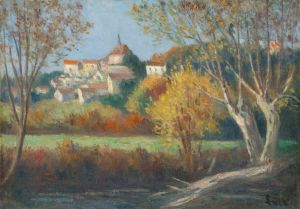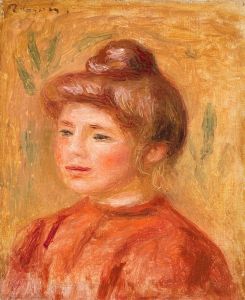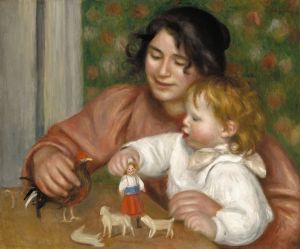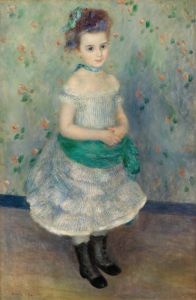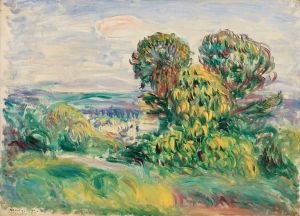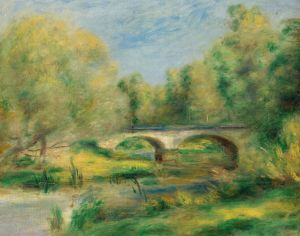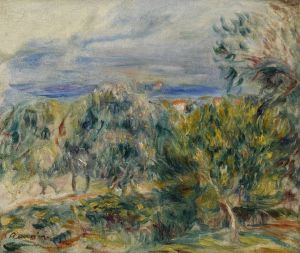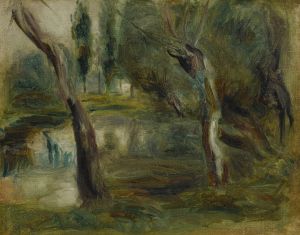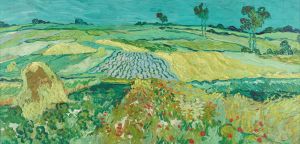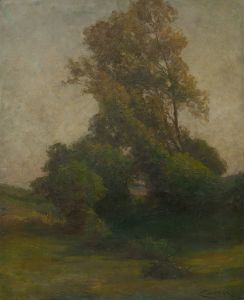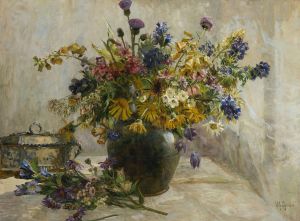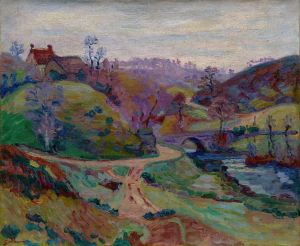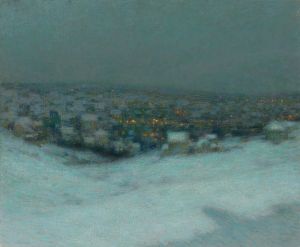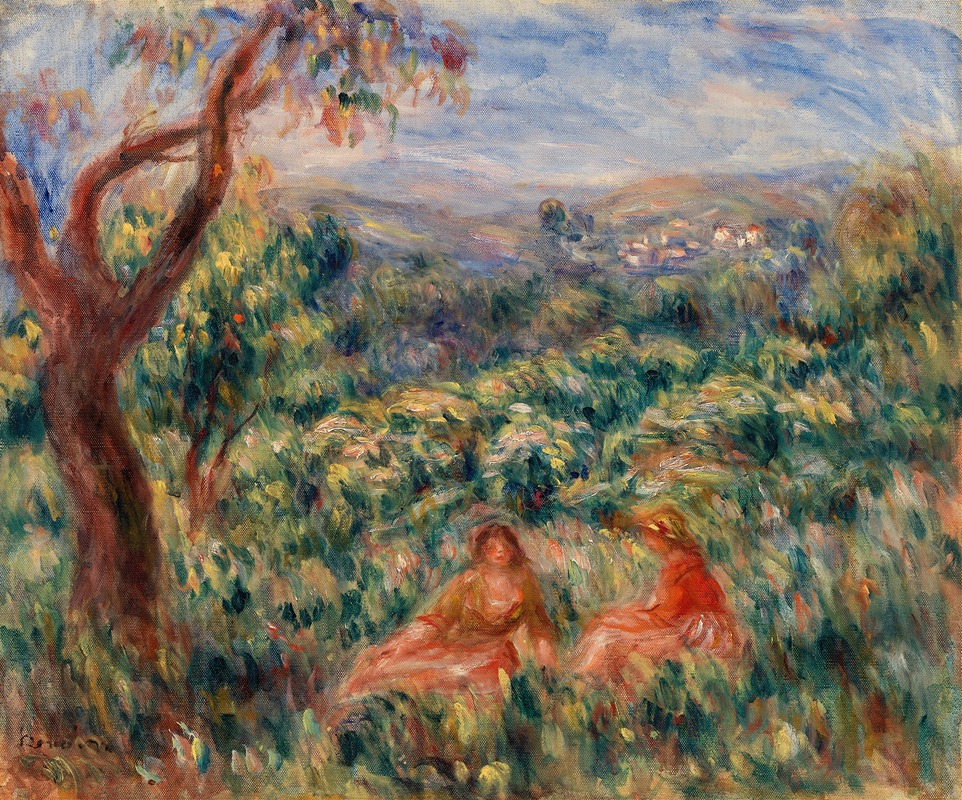
Landscape
A hand-painted replica of Pierre-Auguste Renoir’s masterpiece Landscape, meticulously crafted by professional artists to capture the true essence of the original. Each piece is created with museum-quality canvas and rare mineral pigments, carefully painted by experienced artists with delicate brushstrokes and rich, layered colors to perfectly recreate the texture of the original artwork. Unlike machine-printed reproductions, this hand-painted version brings the painting to life, infused with the artist’s emotions and skill in every stroke. Whether for personal collection or home decoration, it instantly elevates the artistic atmosphere of any space.
Pierre-Auguste Renoir, a prominent French artist, is renowned for his contributions to the Impressionist movement. His work "Landscape" is one of the many examples of his mastery in capturing the beauty of nature through his unique style. Renoir's landscapes often reflect his fascination with light and color, and this painting is no exception.
Renoir was born on February 25, 1841, in Limoges, France, and he began his artistic career as a porcelain painter. He later studied at the École des Beaux-Arts in Paris, where he met other future Impressionists like Claude Monet and Alfred Sisley. These relationships greatly influenced his artistic development and led to the formation of the Impressionist movement, which sought to capture the fleeting effects of light and atmosphere.
"Landscape" by Renoir exemplifies his approach to painting en plein air, or outdoors, which was a hallmark of the Impressionist style. This method allowed him to observe and depict the natural world with immediacy and vibrancy. Renoir's landscapes are characterized by their loose brushwork, vibrant colors, and a focus on the effects of light. He often painted scenes from the French countryside, capturing the serene beauty of rural life.
In "Landscape," Renoir employs a palette of rich greens, blues, and earth tones to convey the lushness of the natural environment. His brushstrokes are fluid and dynamic, creating a sense of movement and life within the scene. The composition is typically balanced, with a harmonious arrangement of elements that guide the viewer's eye through the painting. Renoir's attention to detail is evident in the way he captures the play of light on leaves, water, and sky, creating a vivid and immersive experience for the viewer.
Renoir's landscapes are not just depictions of nature but also reflections of his personal philosophy. He believed that art should be a source of joy and beauty, and his paintings often convey a sense of tranquility and happiness. This approach set him apart from some of his contemporaries, who were more focused on the social and political issues of the time.
Throughout his career, Renoir continued to explore different themes and techniques, but his love for landscapes remained a constant. His ability to capture the essence of a scene with such warmth and vitality has made his work enduringly popular. Today, Renoir's landscapes are celebrated for their contribution to the Impressionist movement and their ability to evoke the beauty and joy of the natural world.
While specific details about the painting "Landscape" may not be as widely documented as some of Renoir's other works, it remains an important part of his oeuvre. Renoir's landscapes continue to be admired for their technical skill and their ability to convey the artist's passion for the world around him.





